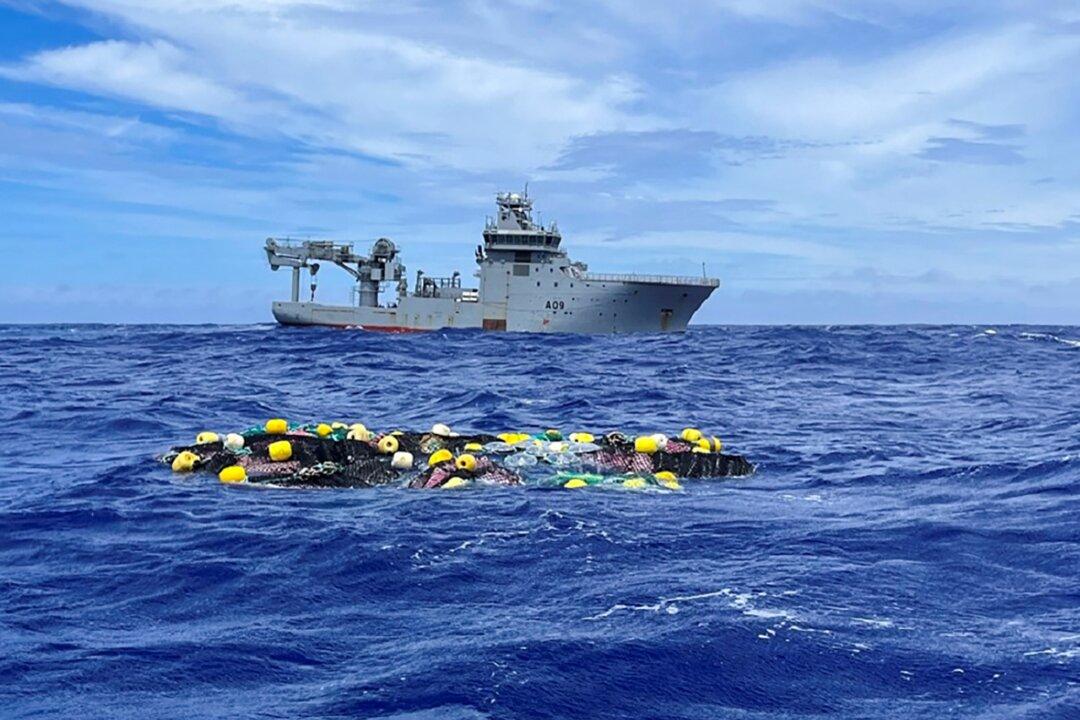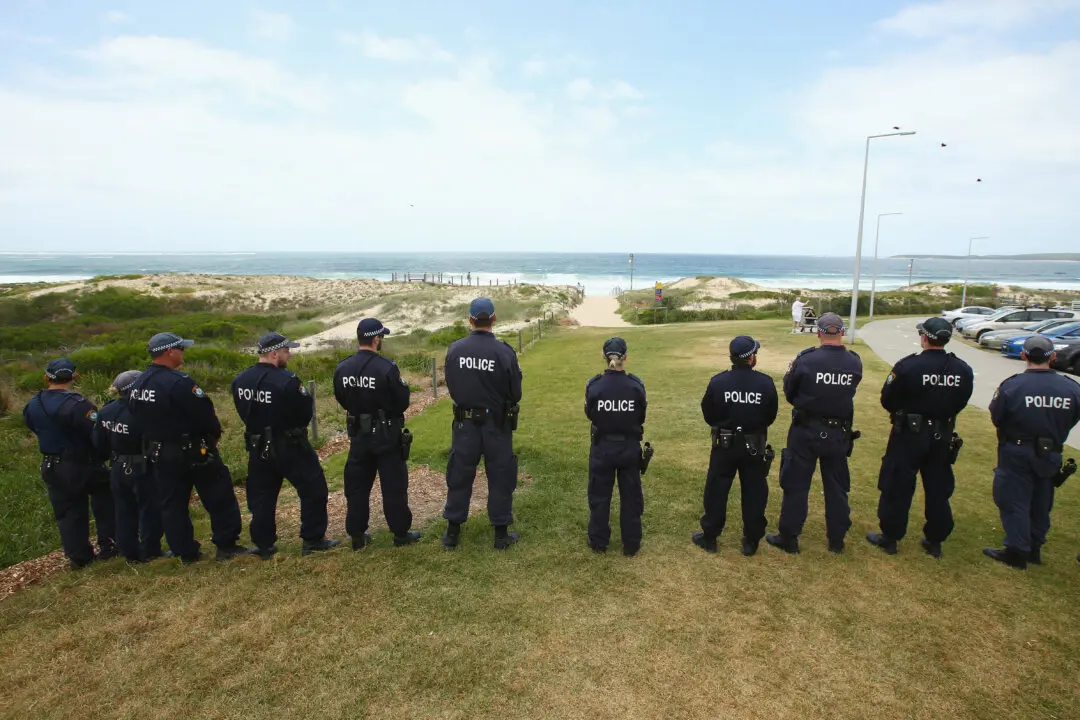An analysis of five years of wastewater test results from the government’s Institute of Environmental Science and Research (ESR) has revealed New Zealanders are using increasing amounts of cocaine, particularly in the past 18 months.
ESR tests wastewater at 45 discharge points across the country to provide police with verifiable data on drug use patterns, and differences between regions.





